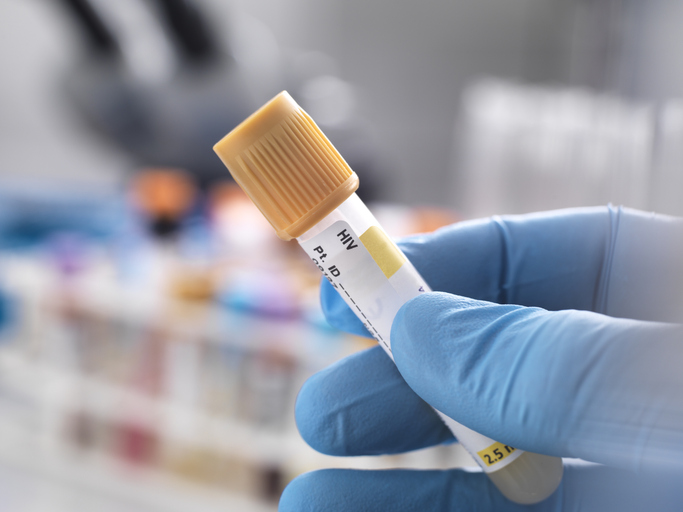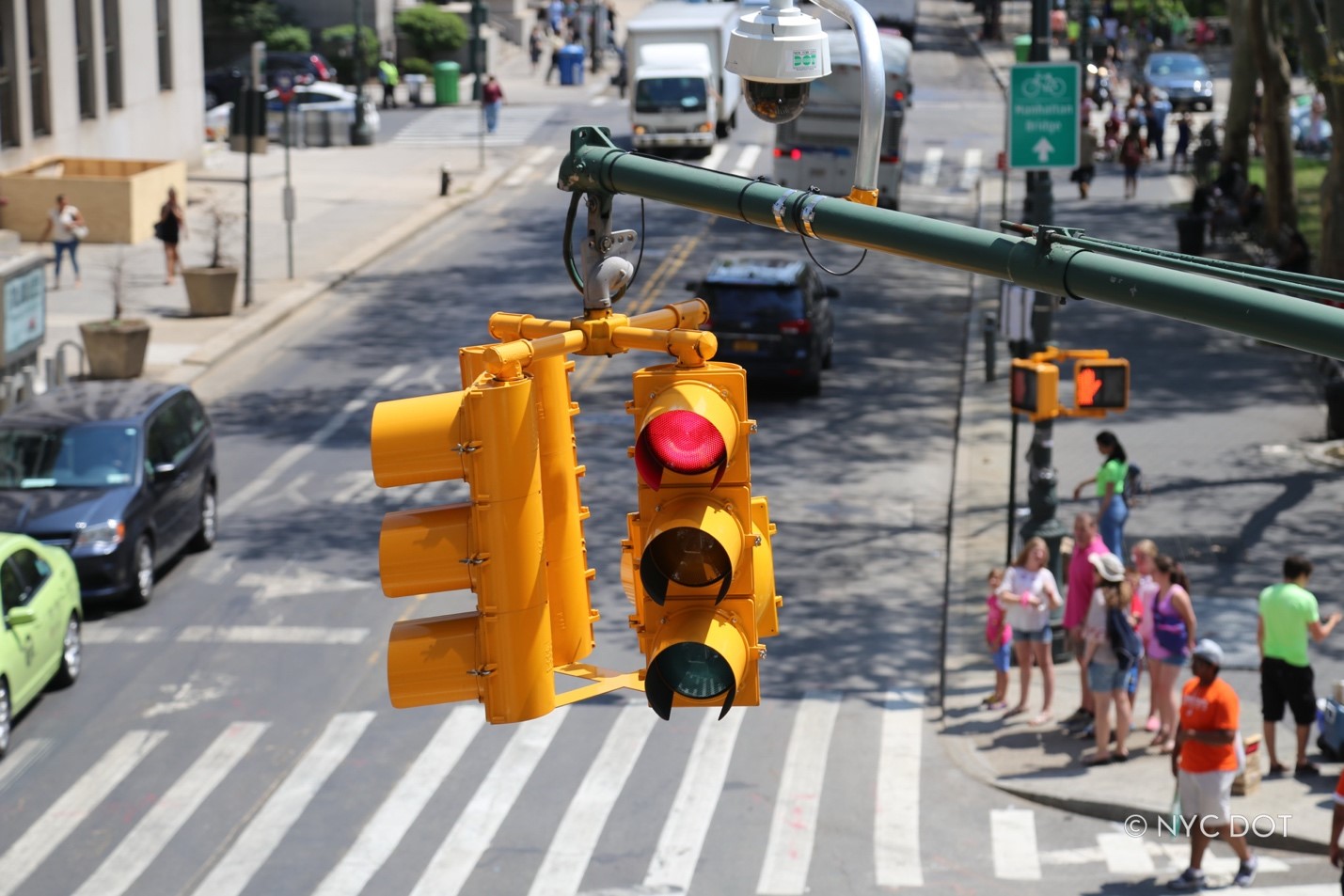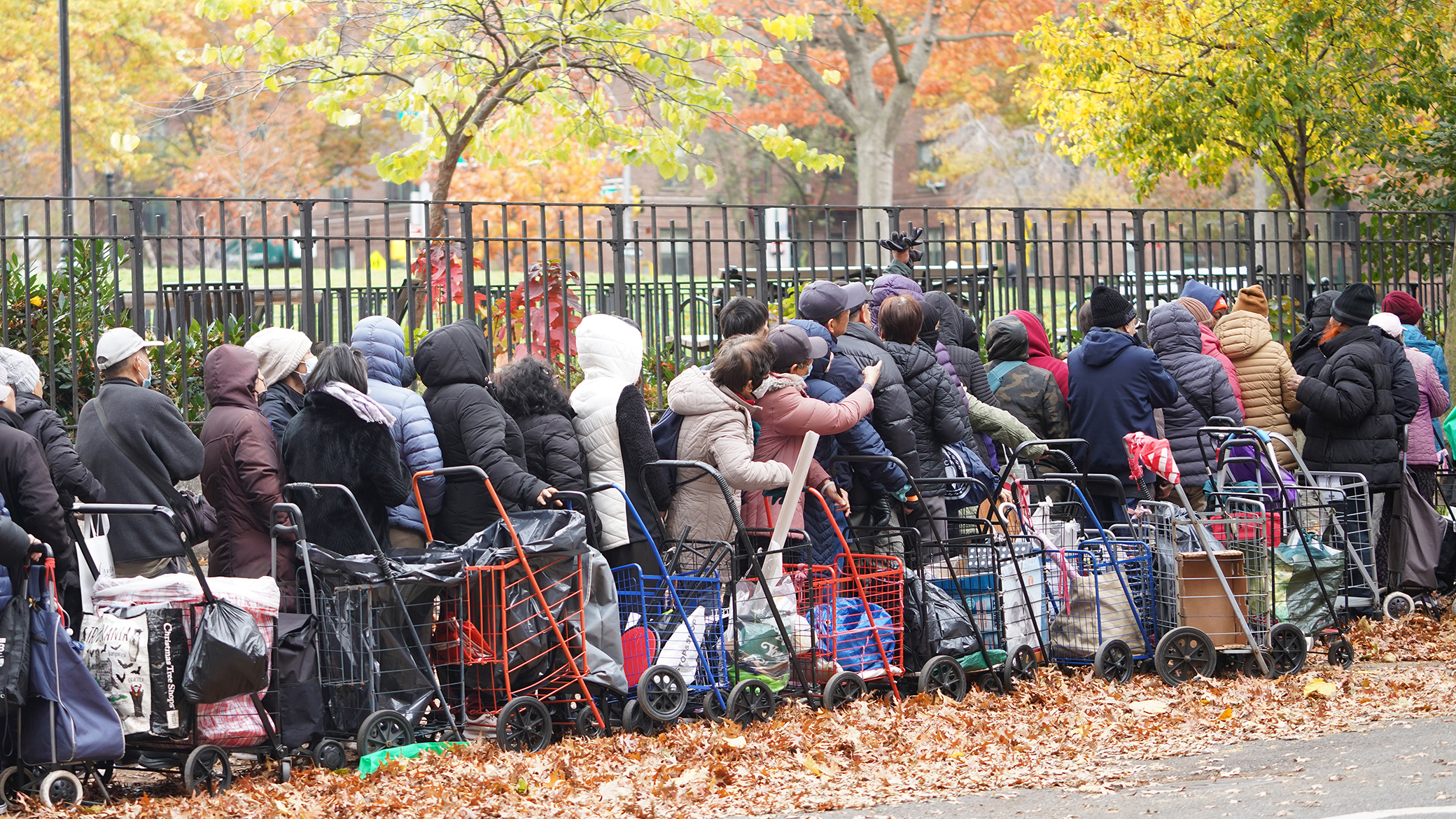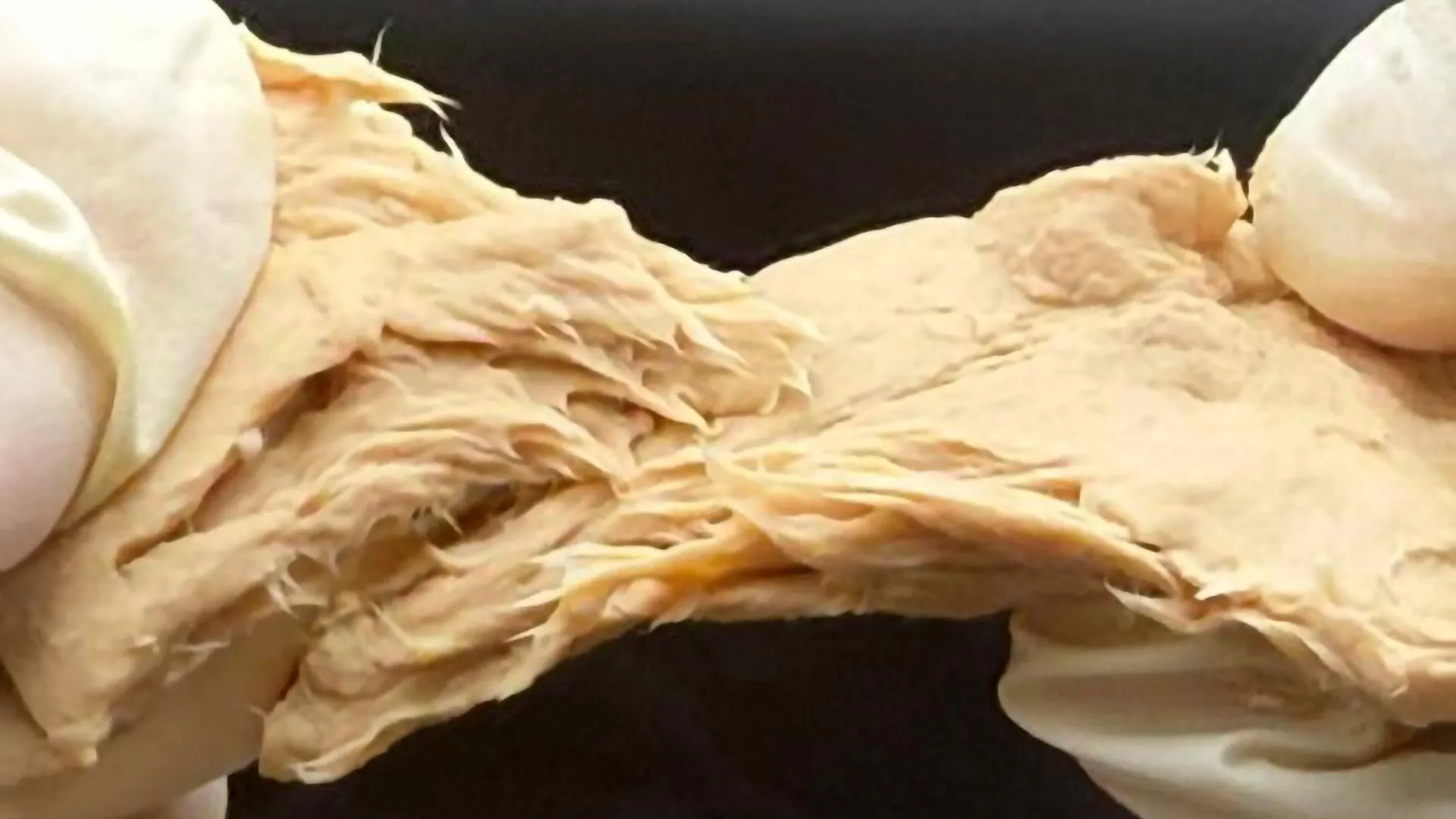Climate change - "Taking Action Against Plastic Waste’’
Rethinking plastic is essential for controlling climate change. By adopting eco-friendly alternatives, supporting recycling efforts, and advocating for change, we can use plastic as a force for good rather than harm. It will help to reshape the future of plastic in a way that benefits our planet and combats climate change.

Introduction
Plastic pollution is a global crisis
It's found everywhere, from the deepest oceans to the highest mountains. It harms wildlife, marine life, contaminates our ecosystems, and releases harmful greenhouse gases during its production and disposal. This is where the rethinking begins.
Recycle and Reuse
When we recycle, we reduce the need to produce new plastic, which saves energy and reduces greenhouse gas emissions. But we can take this a step further by actively seeking out products made from recycled plastic. Supporting businesses that use recycled materials can help create a demand for it.
1. Recycle Properly
- Familiarize yourself with your local recycling program. Learn which types of plastics are accepted and how to prepare them for recycling.
- Rinse and clean your plastic containers before recycling to prevent contamination. • Set up a designated recycling area in your home, so it's easy for everyone to separate recyclables from other waste.
2. Use Reusable Water Bottles
- Instead of buying single-use plastic water bottles, invest in a reusable water bottle. Carry it with you to school, sports events, and other activities.
3. Bring Your Own Bag
- Carry a reusable shopping bag when you go grocery shopping or to the mall. Say no to plastic bags offered at stores.
4. Lunchbox Makeover
- Use a reusable lunchbox or container for your meals instead of disposable plastic bags or containers.
- Go for reusable utensils and cloth napkins to reduce single-use plastic waste.
5. Avoid Straws
- Skip plastic straws at restaurants and use metal, bamboo, or paper alternatives.
- If you need a straw for a drink, carry a reusable one with you.
6. Buy in Bulk
- Purchase items like cereal, pasta, and snacks in bulk and store them in reusable containers. This reduces the need for individually packaged items.
7. Upcycling
- Get creative and turn plastic containers, like yogurt cups, into plant pots, pencil holders, or organizers.
- Use plastic bottles for DIY projects, such as making bird feeders or self-watering planters.
8. Support Recycling Initiatives
- Participate in school or community recycling programs and encourage your peers to get involved.
- Organize or join recycling drives and collection events at your school.
9. Electronics Recycling
- Old electronic devices often contain plastics. Make sure to recycle them through proper ewaste recycling programs when they are no longer usable.
10. Environmental Clubs
- Join or create an environmental club at your school. This provides a platform to raise awareness and initiate recycling and plastic reduction efforts.
11. Education and Advocacy
- Share your knowledge with friends and family about the importance of recycling and reusing plastics. Encourage them to do the same.We must spread awareness about the link between plastic and climate change.
- By educating ourselves and advocating for sustainable practices, we can influence government policies and corporate practices.
12. Reduce Plastic in Arts and Crafts
- Choose alternative materials for art projects when possible. Reuse paper and cardboard instead of plastic in your creative endeavors.
13. Learn About Eco-friendly Alternatives
- Research and experiment with eco-friendly, biodegradable alternatives for everyday plastic items, like toothbrushes, food storage containers, and personal care products
14. Choose Reusable Hygiene Products
Consider using reusable items like cloth diapers or menstrual cups instead of disposable diapers and pads. Bioplastics Traditional plastics are made from fossil fuels. Bioplastics, on the other hand, are made from renewable sources like cornstarch or sugarcane. They can reduce our reliance on fossil fuels, which are a major contributor to climate change.
Circular Economy
Imagine a world where plastic isn't "waste" but a valuable resource. The circular economy model encourages us to keep plastics in use for as long as possible. Instead of discarding items, we repair, reuse, and recycle them.
Innovative Technologies
Scientists are working on exciting new technologies that can turn plastic waste into clean energy. These technologies can help us manage plastic waste while generating power without adding more greenhouse gases to the atmosphere.
Conclusion
Rethinking plastic is essential for controlling climate change. By adopting eco-friendly alternatives, supporting recycling efforts, and advocating for change, we can use plastic as a force for good rather than harm. Let's be part of the solution and help reshape the future of plastic in a way that benefits our planet and combats climate change.
Files
What is Your Reaction?
 Like
1
Like
1
 Dislike
0
Dislike
0
 Love
1
Love
1
 Funny
0
Funny
0
 Angry
0
Angry
0
 Sad
0
Sad
0
 Wow
1
Wow
1








































































